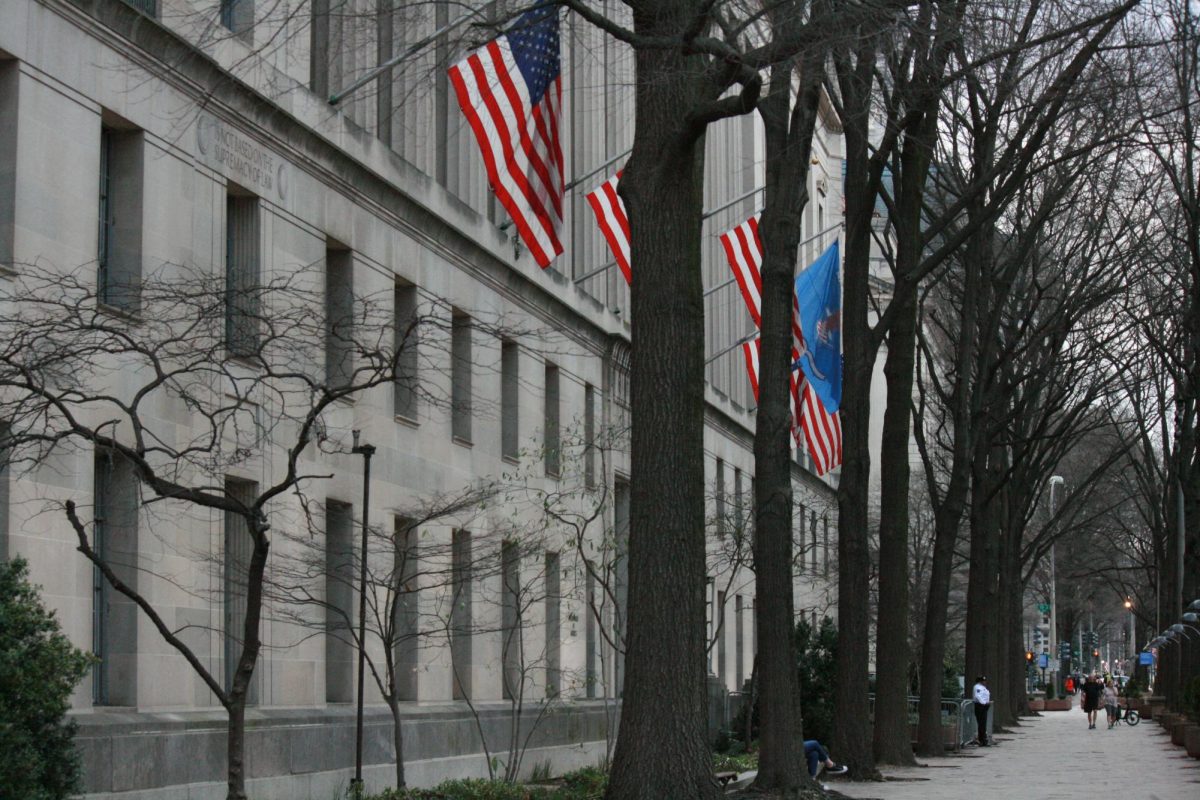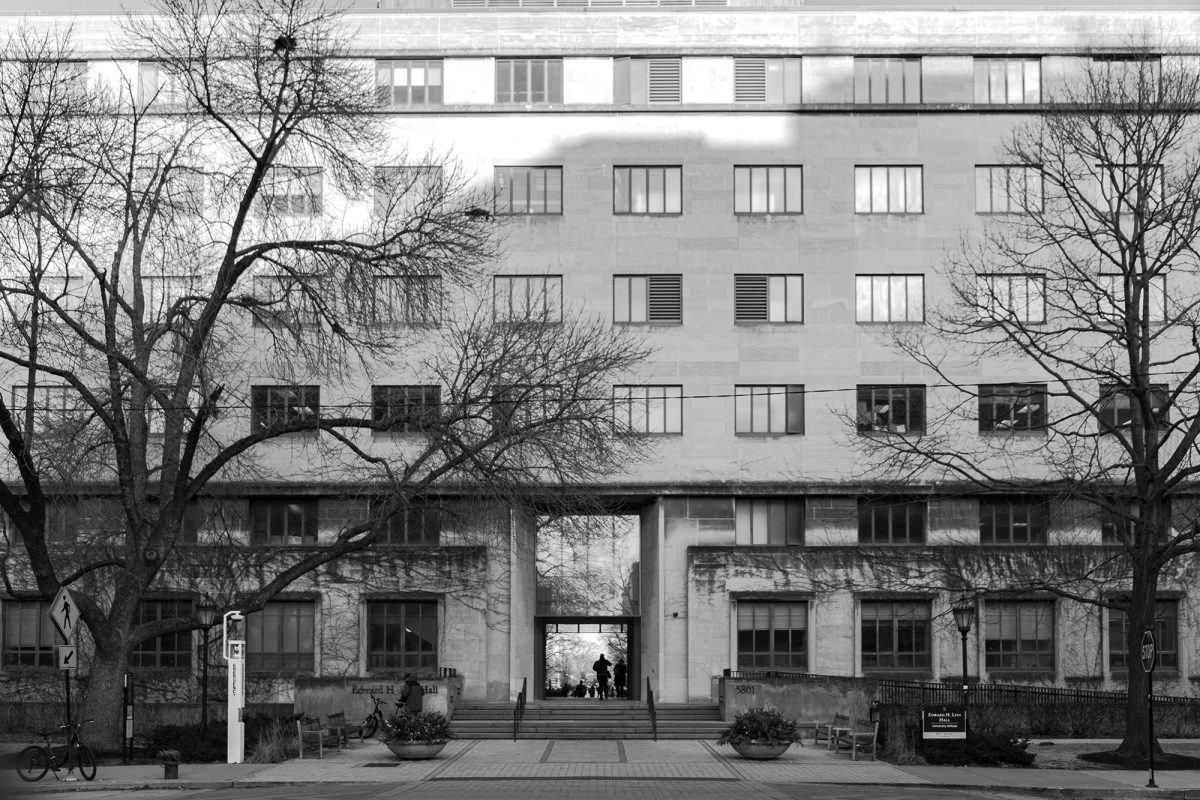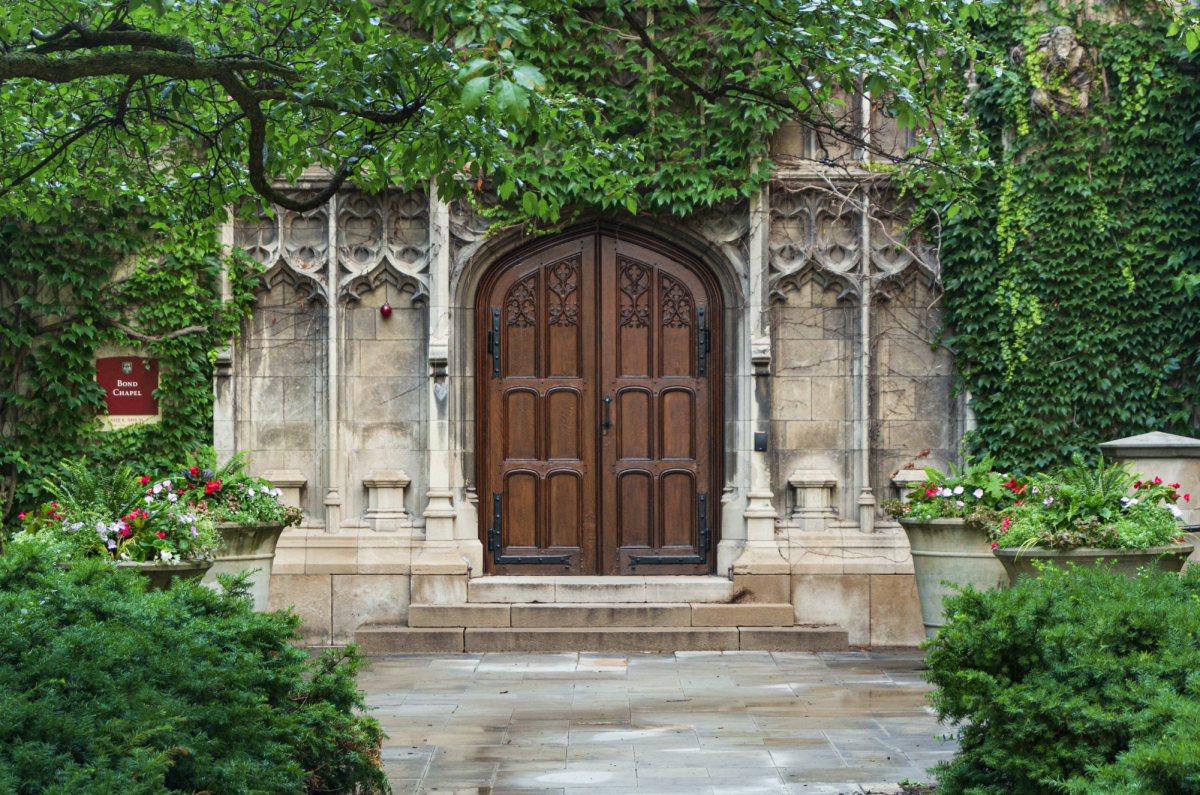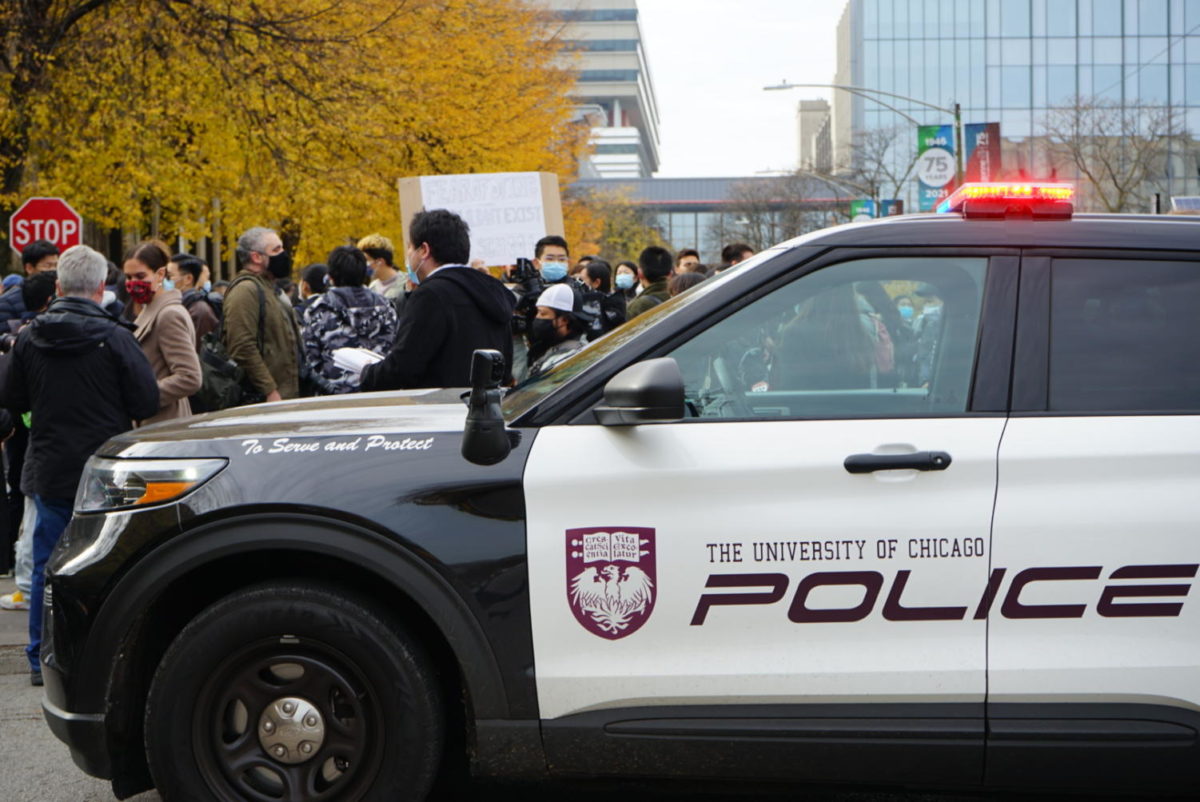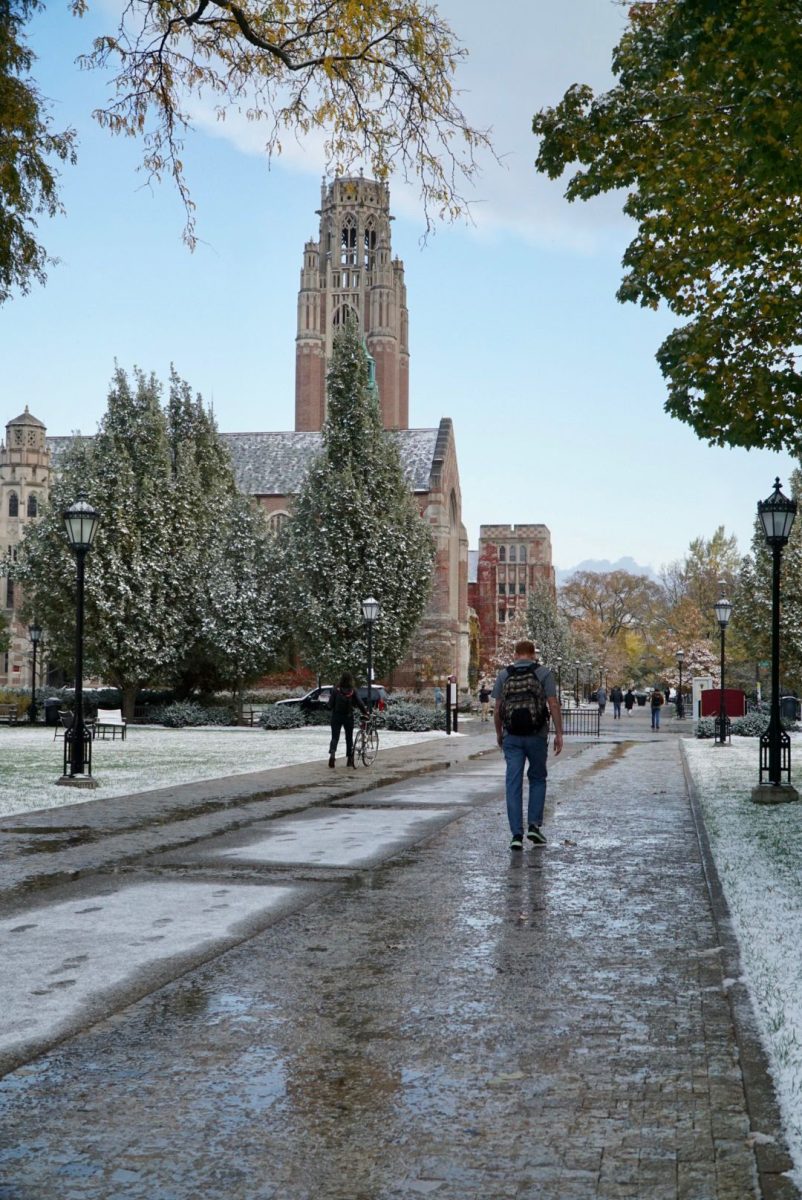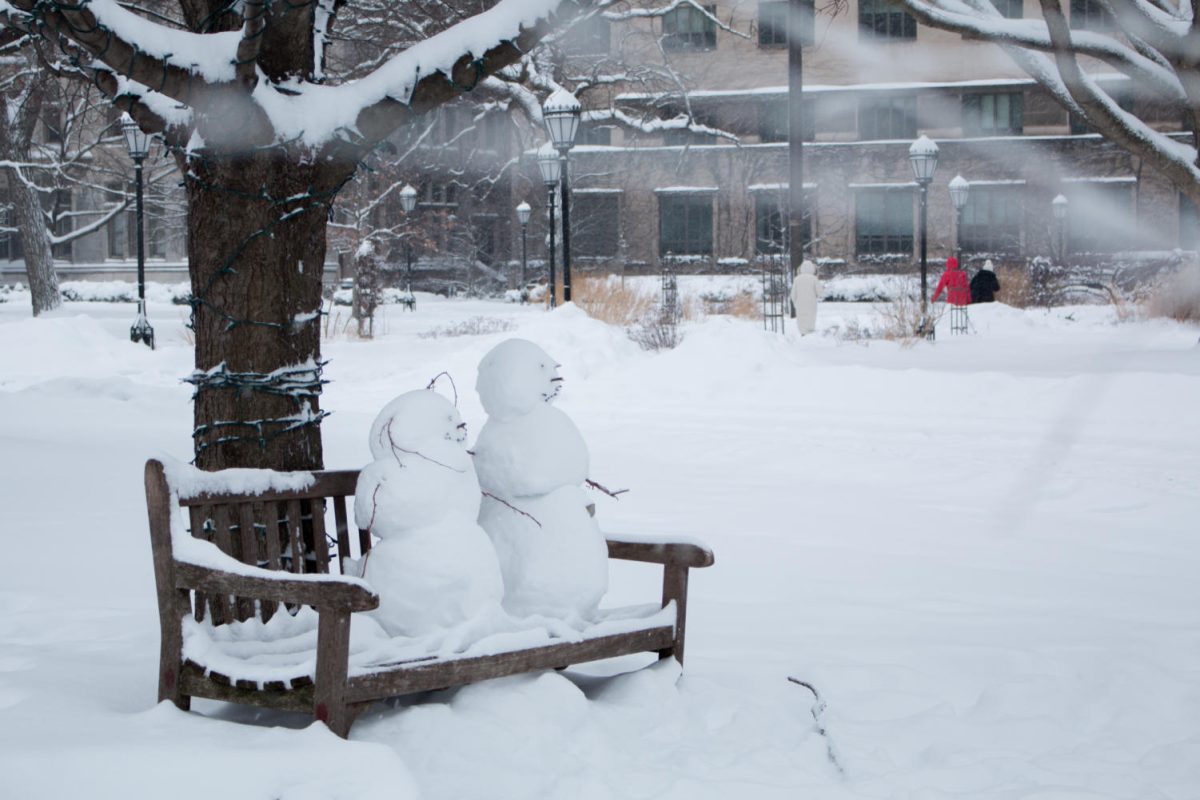As you certainly know, the 25th summit of the North Atlantic Treaty Organization (NATO) will be held at McCormick Place this weekend. Those in attendance will include President Obama and representatives from over 60 countries. Coverage of the event by both the Chicago press and the University has largely focused on how to change transportation plans, be safe in a protest, and even what to wear to one. What hasn’t really been discussed is what NATO does, the significance of the summit being held in Chicago this year, or what stake students themselves have in it. Whether you plan on spending the weekend protesting downtown or on getting drunk at Summer Breeze, there are numerous ways to both be aware of and get involved with what’s happening just a few miles from campus.
The North Atlantic Treaty Organization, formed in 1949, is a military alliance that provides mutual defense for 28 member nations, all from North America and Europe. Since its inception during the Cold War, NATO has evolved into a more active force on the world stage; most recently, the organization’s power has been felt in Afghanistan and Libya. Issues on the summit’s agenda this year include NATO’s relationship with Afghanistan during and after deployment, how it can sustain itself given the financial crisis in Europe, and how it can improve relations with its partner countries.
Given NATO’s primary role in military spending and action both home and abroad, the summit has historically attracted protest regardless of its location. This weekend is no exception, with protesters from the Occupy Wall Street movement, for one, already arriving in large numbers. Chicago is bracing itself for the worst, as evidenced by the closure of companies in the Loop, reinforcement of buildings with bullet-proof glass, and even the advising of employees on how to blend in with protesters. If you are considering taking part in protests, use the buddy system. Be sure to have a concrete plan of how you will get to the summit or protest area, how you will get back, and what you will do in the case of an emergency.
There are, however, productive alternatives to marching downtown. Scheduled events throughout the city include a Counter-Summit for Peace and Economic Justice, a public forum with reporters and media activists on press coverage of NATO, various arts and music events, and even volunteering opportunities. The Seeds of Peace kitchen, for example, is organizing Food Not NATO, an effort aimed at supplying food for activists all week. Protest can also take the form of a letter or an op-ed addressed to city leaders or publications.
Lastly, simply educating yourself about the event and its significance is a worthwhile pursuit. Many take the summit’s presence this year in Chicago—the first American city outside of Washington, DC to host a NATO summit—as a sign of the city’s global stature. Students should take this as a reminder to pay attention to the city they live in; for the next week, that’s what the world will be doing too. While the summit has the potential to impact major foreign policy decisions and perceptions of the US throughout the world, it will also impact perceptions of Chicago.
In short, the possibilities for participation are numerous and diverse, and go beyond hitting the streets. The University and students should take the summit as an opportunity to think about what channels for public voicing exist and why such voicing is important in the first place. No matter your political views or level of interest in the summit, do your own thinking and be aware of what this weekend means for Chicago.
The Editorial Board consists of the Editors-in-Chief and the Viewpoints Editors.



